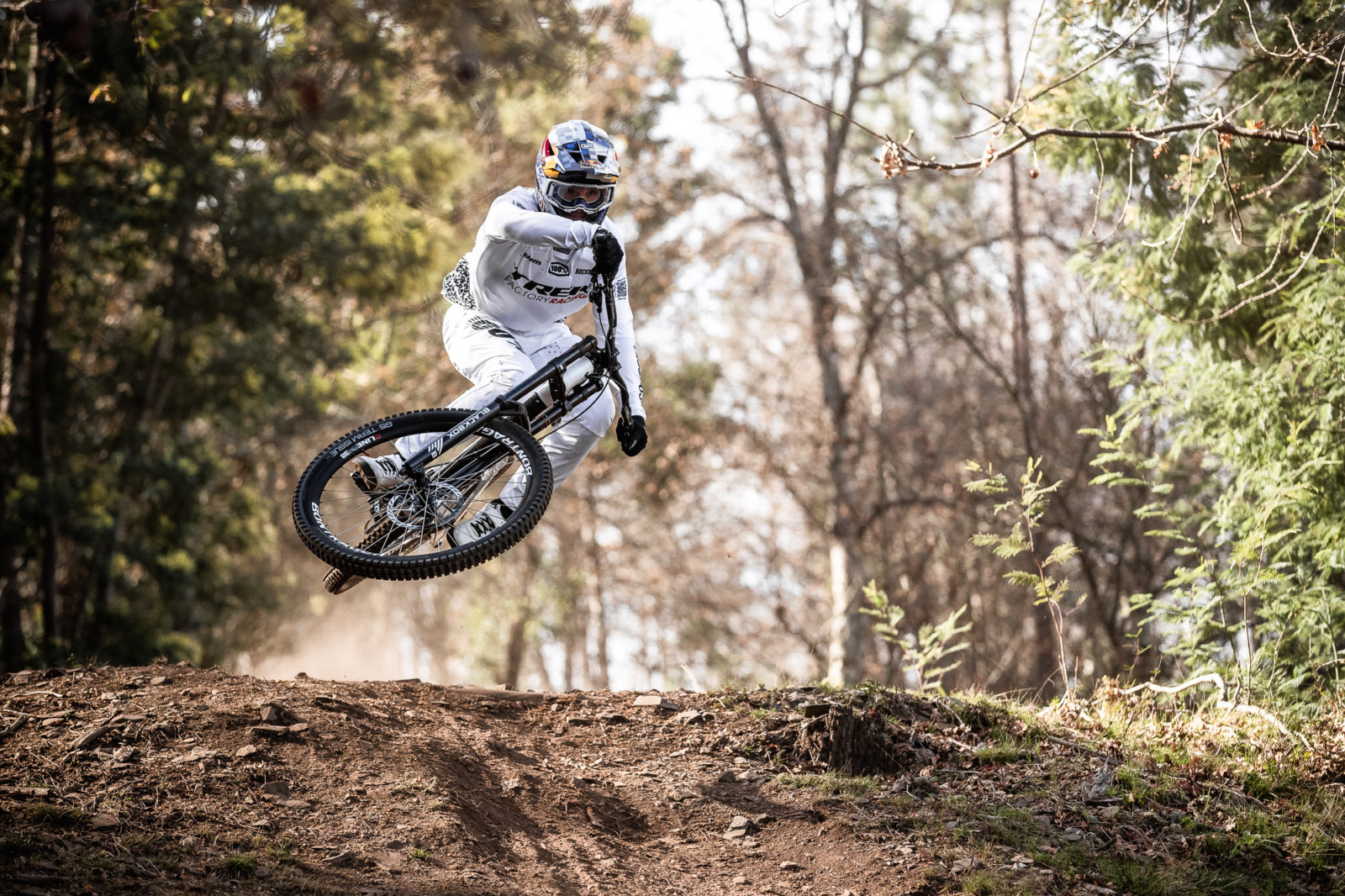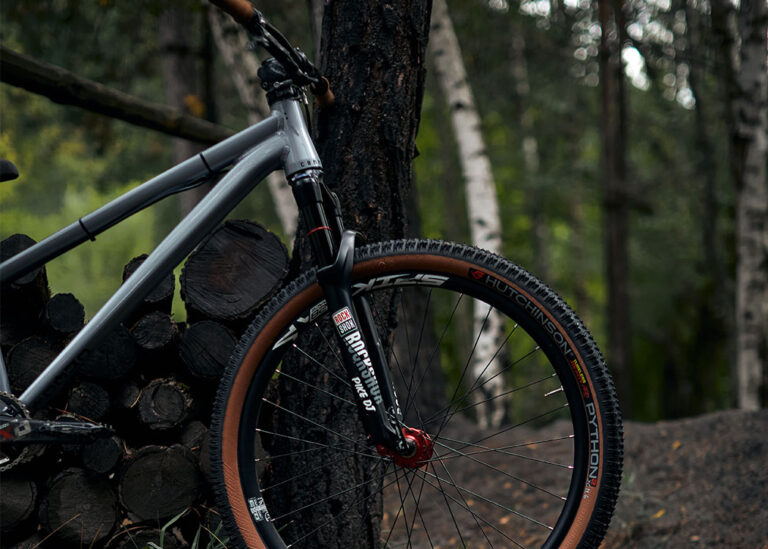The Evolution of Cross Country Bikes: Tracing the Technological Advances and Impact on the Sport
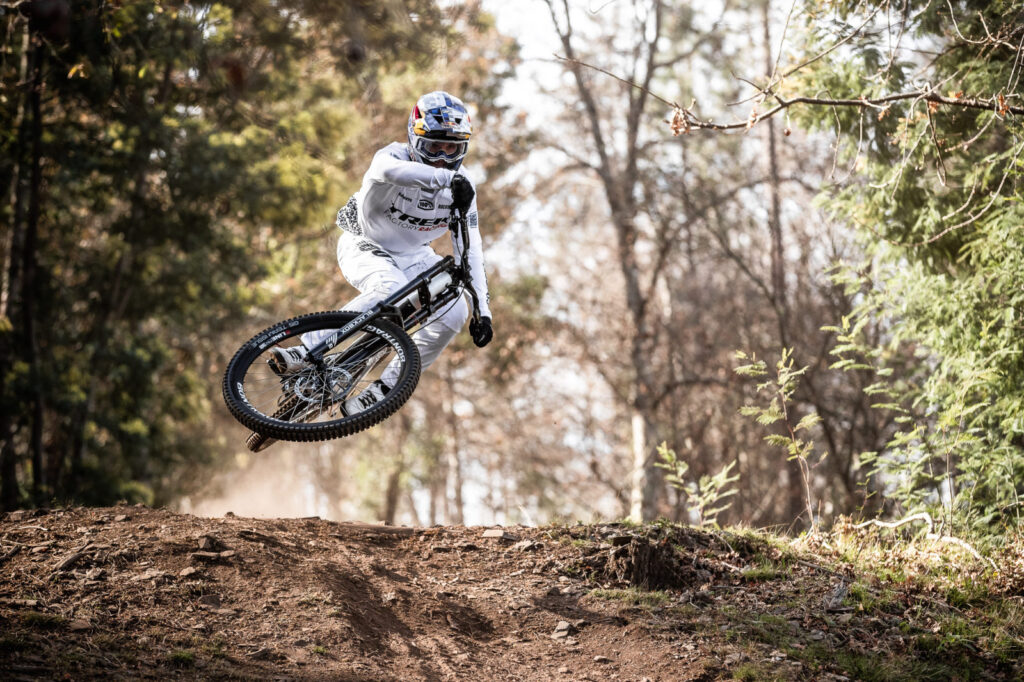
Key Point Summary of The Evolution of Cross Country Bikes:
- Early Beginnings: XC bikes originated from the need for more terrain-capable bikes, evolving from simple modifications of road bikes to purpose-built machines.
- Technological Advancements: Over the years, XC bikes have seen significant developments in frame materials, suspension systems, and geometry.
- Modern XC Bikes: Today’s XC bikes are lighter, stronger, and more efficient, with a focus on speed and agility for competitive racing and recreational riding alike.
As someone who’s been in the saddle of mountain bikes, gravel bikes, and cyclocross bikes for decades, witnessing the evolution of cross-country (XC) bikes from their humble beginnings to today’s engineering marvels has been an extraordinary journey. The transformation of these machines reflects not just advancements in technology but also shifts in how we approach and understand the sport of mountain biking itself. This article aims to unravel the history and development of XC bikes, offering insights especially useful for beginners and mid-level cyclists curious about the heritage and technological progression of their rides.
The Humble Beginnings
The story of XC bikes starts in the early days of mountain biking itself when the first off-road cyclists took to California’s hills on modified cruisers from the 1970s. These pioneering bikes were heavy and rudimentary, but they laid the groundwork for what would become a revolution in bicycle design. My first mountain bike, a rigid steel steed with no suspension and thumb shifters, was a far cry from what we ride today, yet it represented the spirit of innovation that has always driven the sport forward.

Frame Materials and Geometry
One of the most significant shifts in XC bike development was the evolution of frame materials. From the steel frames of early models, manufacturers moved to lighter materials like aluminum and, eventually, carbon fiber, dramatically reducing weight while increasing strength and stiffness. The geometry of XC bikes also evolved, with designs becoming more sophisticated to improve handling and efficiency. Slacker head angles, shorter chainstays, and longer top tubes now characterize modern XC bikes, offering a balance of stability and agility that was unimaginable in the early days.
Suspension Systems: From Rigid to Fully Suspended
The introduction of suspension systems marked a turning point in the evolution of XC bikes. Initially, suspension forks revolutionized the front end, absorbing shocks and improving control on rough terrain. Later, full-suspension designs became the standard for competitive XC racing, with advancements in technology allowing for lightweight, efficient systems that offer both climbing prowess and descent control.
The Role of Wheel Sizes
Wheel size has been another area of significant evolution. The original 26-inch wheels gave way to 29-inch wheels, offering better rollover capability and efficiency. The 27.5-inch (or 650b) wheel size also found a niche, providing a middle ground between the agility of 26-inch and the efficiency of 29-inch wheels. My transition from 26-inch to 29-inch wheels was revelatory, offering a glimpse into how such changes can redefine riding experiences.
Modern XC Bikes: A Blend of Technology and Performance
Today’s XC bikes are marvels of engineering, integrating years of innovation in materials, design, and technology. They are lighter, stronger, and more capable than ever before, with a focus on delivering top performance in competitive settings and enhancing the riding experience for enthusiasts. Electronic shifting, dropper posts, and advanced suspension setups are now common features, underscoring the sport’s technological advancement.
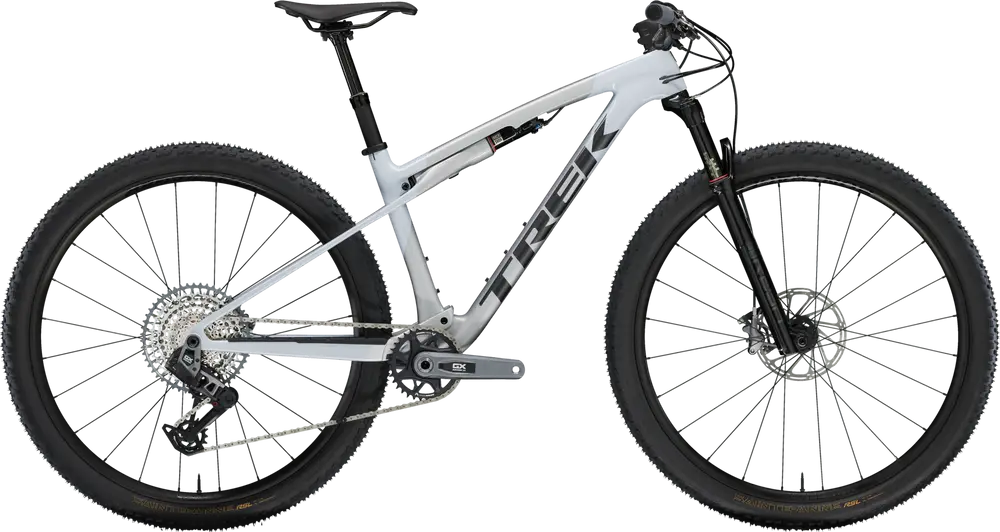
Personal Anecdotes: Witnessing the Evolution
Having raced and ridden through various phases of XC bike development, I’ve experienced firsthand the impact of these advancements on performance and enjoyment. From the early days of bouncing down trails on rigid frames to the modern era of floating over obstacles with advanced suspension, each leap in technology has opened new possibilities and challenges in riding.
One particular memory that stands out is my first race on a carbon fiber XC bike after years on an aluminum hardtail. The difference in weight, responsiveness, and comfort was staggering, allowing me to push harder and faster with less fatigue. It was a vivid demonstration of how far XC bikes have come and a testament to the ongoing quest for improvement that defines the sport.
Concluding Thoughts
The evolution of XC bikes is a story of continuous innovation, driven by riders’ unending desire to push the limits of what’s possible on two wheels. From their rugged, simplistic origins to today’s sophisticated machines, XC bikes have transformed in lockstep with the sport of mountain biking itself. For beginners and mid-level cyclists, understanding this history is not just about appreciating the technology beneath you but also about recognizing the potential for future advancements to further enhance the joy and challenge of riding. As we look forward, one thing remains clear: the journey of XC bikes is far from over, with each new development promising to elevate the sport to even greater heights.
Top Cross Country Bikes Showcasing the Evolution of XC Technology and Design
Reflecting on the evolution of cross-country (XC) bikes through decades of innovation and technological advancements, here are some of the best cross-country bikes that embody the pinnacle of design, performance, and engineering excellence. These selections are tailored for cyclists looking to experience the culmination of years of development in XC biking, from beginners to mid-level enthusiasts eager to explore what modern technology offers.
1. Specialized S-Works Epic
- Highlights: The Specialized S-Works Epic represents the zenith of modern XC racing technology, featuring an ultralight carbon frame, an advanced Brain suspension system for efficient power transfer and handling, and cutting-edge components. This bike is a testament to how far XC bikes have come, offering unmatched speed and agility on competitive trails.
2. Scott Spark RC 900 World Cup
- Highlights: With its innovative suspension setup, lightweight carbon frame, and geometry optimized for both climbing efficiency and downhill stability, the Scott Spark RC 900 World Cup is a favorite among XC racers and enthusiasts alike. Its integration of technology enhances ride quality and performance across diverse terrain.
3. Canyon Lux CF SLX 9.0 Pro Race
- Highlights: The Canyon Lux CF SLX 9.0 Pro Race is designed for top-tier XC performance, featuring a superlight carbon frame and a full-suspension setup fine-tuned for racing. Its geometry and components, including a dropper post for technical descents, make it a versatile choice for serious racers and recreational riders pursuing peak performance.
4. Trek Supercaliber 9.9 XX1 AXS
- Highlights: Combining the best qualities of hardtail efficiency and full-suspension comfort, the Trek Supercaliber 9.9 XX1 AXS stands out with its unique IsoStrut integrated suspension system. Paired with a lightweight frame and wireless electronic shifting, it offers a futuristic approach to XC racing.
5. Giant Anthem Advanced Pro 29 0
- Highlights: The Giant Anthem Advanced Pro 29 0 is built for speed and efficiency, with a lightweight carbon frame and a Maestro rear suspension system that excels in both climbing and descending. Its 29-inch wheels and geometry are optimized for technical precision and fast rolling on varied XC courses.
Each of these bikes encapsulates the essence of XC evolution, showcasing how advancements in materials, geometry, suspension, and components have converged to elevate cross-country biking. Whether you’re aiming for podium finishes or simply seeking the exhilaration of riding trails on a state-of-the-art machine, these cross-country bikes offer a gateway to experiencing the pinnacle of current mountain biking technology and design.
John
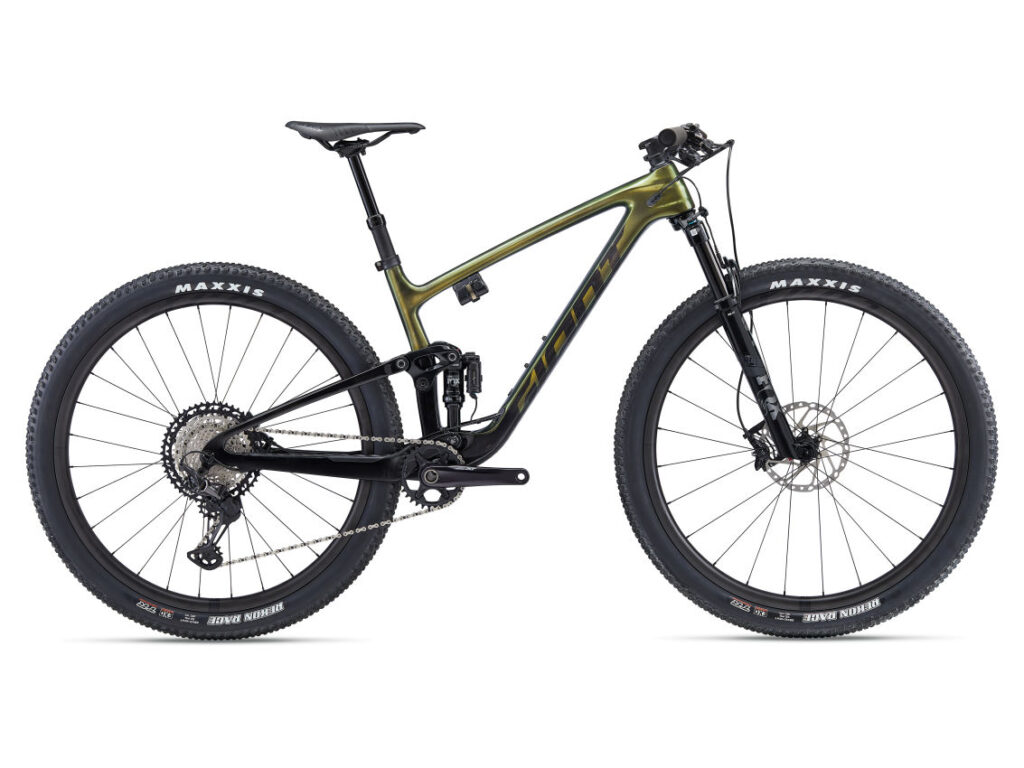
FAQ
What makes a bike cross-country?
A bike is considered cross-country (XC) primarily due to its design and features optimized for speed and efficiency over varied terrain, typically including lightweight frames, efficient suspension systems (if present), and geometry tailored for climbing and quick handling on technical courses.
How did bikes change over time?
Bikes have changed over time through significant advancements in materials (from steel to carbon fiber), the introduction of suspension systems (from rigid to full-suspension designs), evolving wheel sizes (from 26-inch to 27.5-inch and 29-inch), and improvements in components like drivetrains and brakes, enhancing performance, comfort, and durability.
What is considered a cross-country bike?
A cross-country bike is characterized by its lightweight construction, efficient pedaling geometry, moderate suspension travel (usually between 100mm to 120mm), and larger wheel sizes (29-inch being the most common) to optimize for speed, agility, and performance on competitive XC trails and endurance rides.
